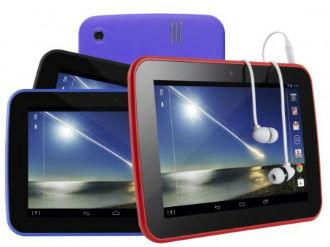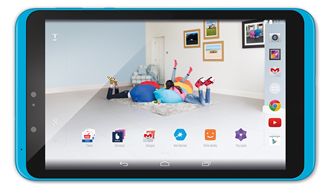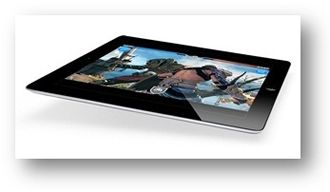 Using mobile phones, laptops and other media devices at the same time could be changing the structure of our brains and not in a good way.
Using mobile phones, laptops and other media devices at the same time could be changing the structure of our brains and not in a good way.
University of Sussex research reveals that people who frequently use several media devices at the same time have lower grey-matter density in one particular region of the brain compared to those who use just one device occasionally.
This supports the view that high media-multitasking activity and poor attention in the face of distractions, along with emotional problems such as depression and anxiety.
Neuroscientists Kep Kee Loh and Dr Ryota Kanai point out that their study reveals a link rather than causality and that a long-term study needs to be carried out before anyone can be certain.
The researchers at the University of Sussex’s Sackler Centre for Consciousness Science used functional magnetic resonance imaging (fMRI) to look at the brain structures of 75 adults, who had all answered a questionnaire regarding their use and consumption of media devices, including mobile phones and computers, as well as television and print media.
People who used a higher number of media devices concurrently also had smaller grey matter density in the part of the brain known as the anterior cingulate cortex (ACC), the region notably responsible for cognitive and emotional control functions.
Kep Kee Loh said his study was the first to reveal links between media multitasking and brain structure.
Scientists have previously demonstrated that brain structure can be altered upon prolonged exposure to novel environments and experience. The neural pathways and synapses can change based on our behaviours, environment, emotions, and can happen at the cellular level (in the case of learning and memory) or cortical re-mapping, which is how specific functions of a damaged brain region could be re-mapped to a remaining intact region.
Kep Kee Loh said that the mechanisms of these changes are still unclear. It is conceivable that individuals with small ACC are more susceptible to multitasking situations due to weaker ability in cognitive control or socio-emotional regulation, it is equally plausible that higher levels of exposure to multitasking situations leads to structural changes in the ACC.
 As many as 40 percent of US citizens who work for large corporations use their own smartphones, desktops, laptops, and tablets to do business.
As many as 40 percent of US citizens who work for large corporations use their own smartphones, desktops, laptops, and tablets to do business.














